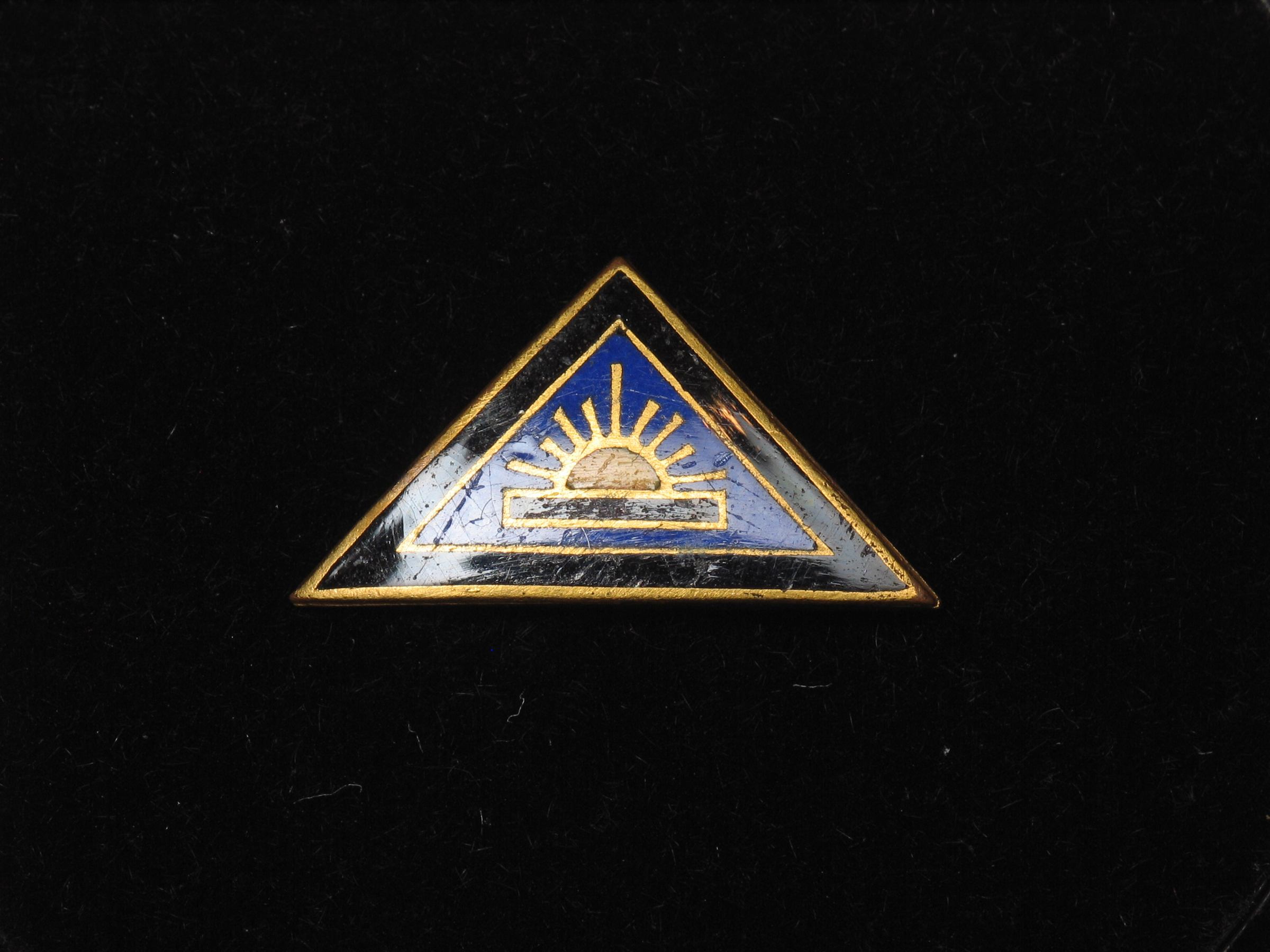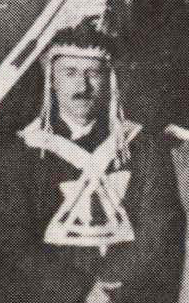Waite Phillips
Waite Phillips (Jan. 19, 1883 - Jan. 27, 1964) was much more than the prototypical oilman, wildcatter and businessman. He was also a philanthropist. The generosity of he and his family resulted in a major change for Scouting – the creation of its High Adventure Program.
Lewis “Lew” Franklin Phillips and Lucinda Josephine “Josie” (Faucett) Phillips sixth and seventh of 10 children were twin boys – Waite and Wiate -- born to the couple at their home near Conway Iowa. As 16-year-olds the twin boys left their small farm and headed west where they worked a variety of jobs including building railroads, mining, lumbering and even one winter spent fur trapping in the Bitterroot Mountains. A bout of acute appendicitis claimed Wiate’s life on July 16, 1902, when the 19-year-old young men were in Spokane, Washington. Distraught over the loss of his twin brother, Waite returned to Iowa. After a short time in college he went to work for his older brothers, Frank (Silver Buffalo recipient 1942) and L.E. Phillips, as they continued their oil and gas business out of Bartlesville, Okla., in 1906. Frank and L.E.’s company became Phillips Petroleum Company.
In 1909 Waite married Genevieve Elliott in Knoxville, Iowa. Waite and Genevieve had two children, Helen Jane (July 1, 1911 - May 19, 1963) and Elliott "Chope" Waite (January 11, 1918 - ) (Silver Buffalo recipient 1998; Silver Sage recipient 2005). After eight years Waite sold his shares to his brothers and struck out on his own as an independent oil producer, refiner and marketer. By 1918 Waite and Genevieve had moved to Tulsa, Okla., where his 40-year career took firm hold. In Tulsa three of the structures Phillips built have been listed on the National Register of Historic Places – Philtower, Philcade and Villa Philbrook, a 72-room Italian Renaissance-style home, which, after being donated to the city of Tulsa in 1938, was renovated into the Philbrook Museum of Art.
Phillips’ industriousness was not just confined to the petroleum industry. He was also actively involved in banking and real estate and the development of a number of ranches in the Rocky Mountains, and it was there his admiration for a new youth program and his love of the mountains would meld into Scouting’s crown jewel of high adventure. After buying and selling several ranches, Phillips developed a 300,000-acre spread on the eastern slopes of the Sangre de Cristo range of the Rocky Mountains extending into the western fringes of the Great Prairie. He named it the UU (Double U) Ranch. There as with all of his other business interests, he threw himself into creating a diversified operation involving farming, ranching and – for recreation – the ability to get into the backcountry for hunting, fishing and camping expeditions.
All through the times he was working for his brothers and then on his own, Phillips followed the successes of a bourgeoning youth movement – the Boy Scouts of America. One of the earliest troops in the United States was formed in 1909 (before the founding of the BSA in 1910) in nearby Pawhuska, Okla. In 1937 Phillips made one of the most magnanimous gestures in philanthropy – the family donated 35,857 acres of their UU Ranch – much of what Philmonters call “the South Country” to the Boy Scouts of America. That generous donated included the Villa de Philmonte, cattle, horses, hunting cabins and more.
There were just three stipulations:
--that it remains a working cattle ranch, which it is.
--that his favorite horse “Gus” be allowed to roam freely and live out his life on the ranch. He did.
--And that the Phillips family be allowed to visit whenever they please. They have.
The first couple of years were limited operations, but seeing the potential and the enthusiastic response in 1941 Phillips added another 91,520 acres bringing the total to 127,395. The gift included the best of Phillips’ camp lands, as well as the ranching headquarters and the Villa de Phimonte – the family’s mountainside home with its majestic view of the Tooth of Time. To help finance the annual operations of the ranch he added the Philtower Building in Tulsa.
The camp was first named Philturn Rocky Mountain Scout Camp and then later was renamed Philmont. Waite Phillips died on January 27, 1964. Waite and Genevieve Phillips are buried in Westwood Village Memorial Park Cemetery in Los Angeles, California. What is left unexplained about Waite Phillips is why he never received the BSA's Silver Buffalo Award.
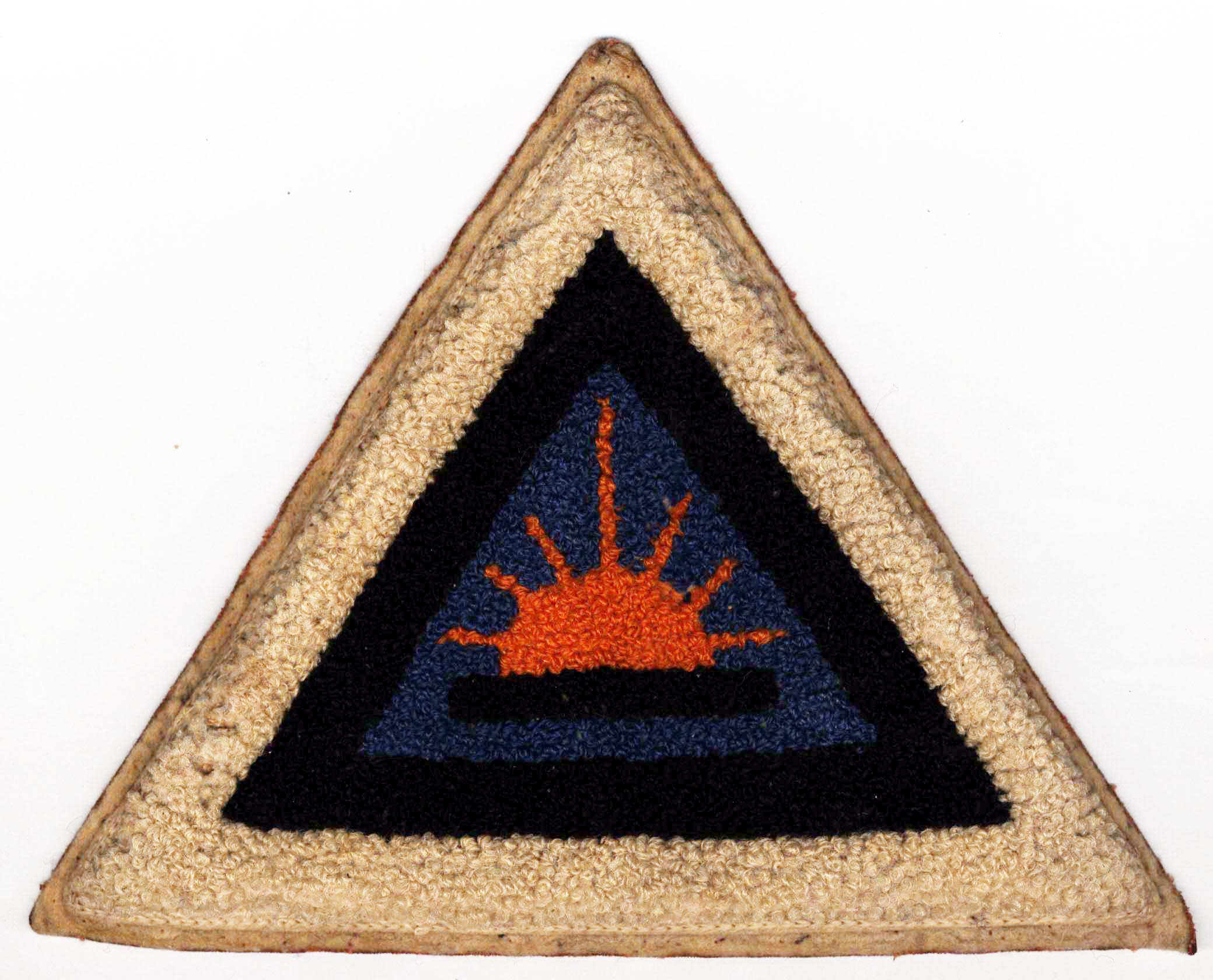
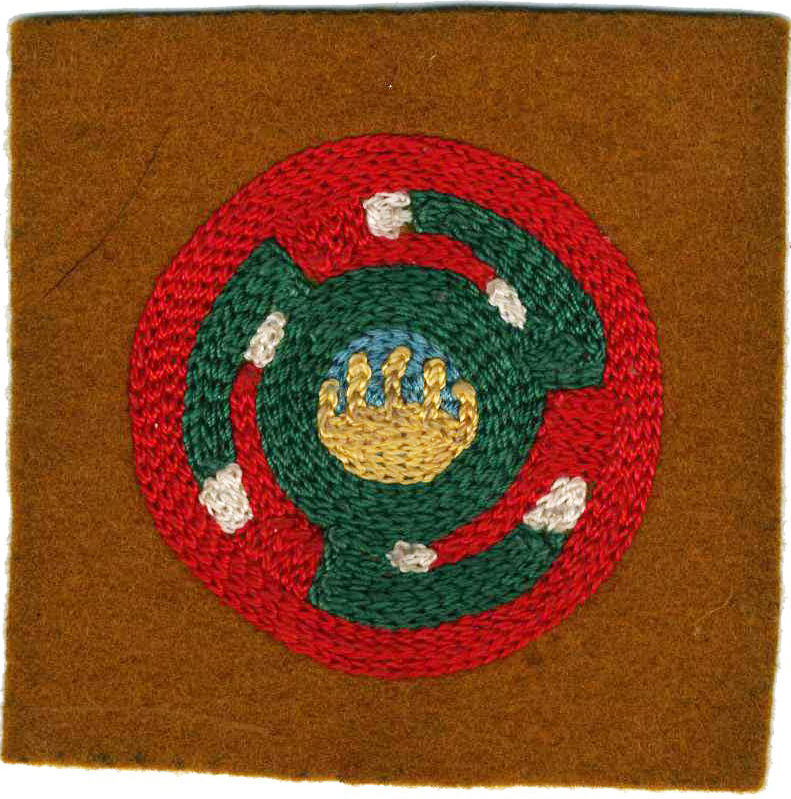
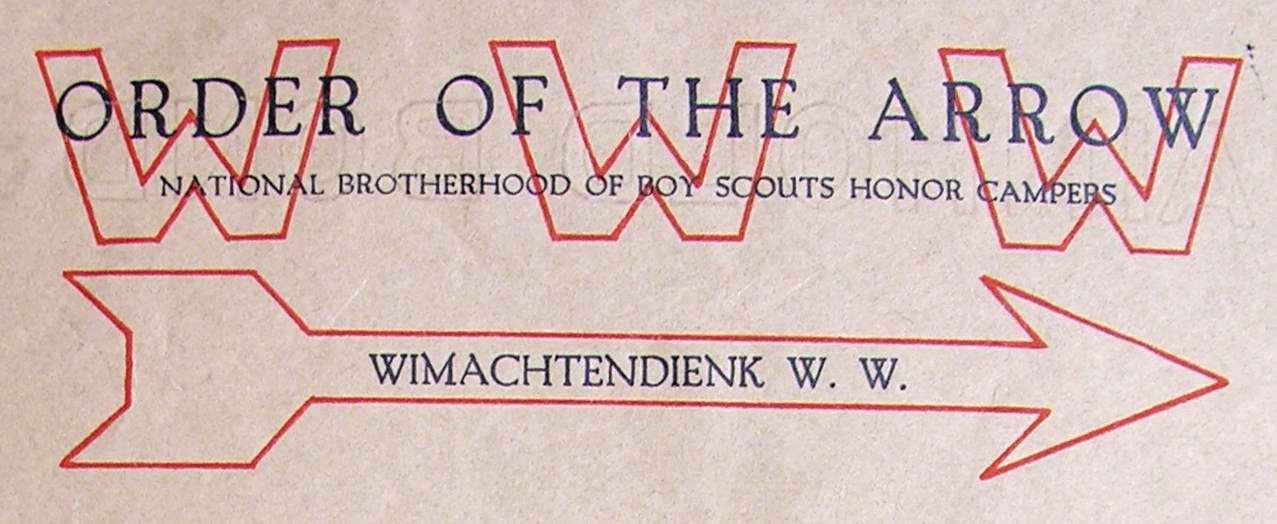 As a result of actions taken at the
As a result of actions taken at the 